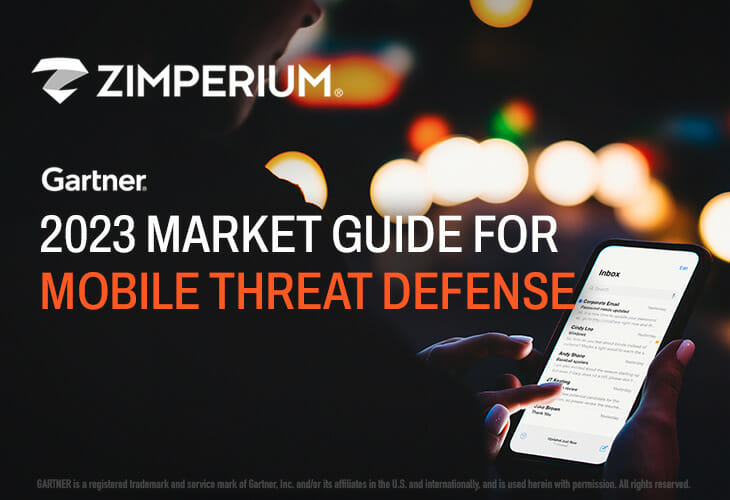
Endpoint security is an area of cybersecurity that shields computers, laptops, tablets, and phones from malicious attacks. An “endpoint” is any device connecting to a network that serves as an access point to that network. Endpoint security strives to shield these devices from malware attacks, viruses, phishing attempts, and other types of cyberattacks which could compromise sensitive data or disrupt business operations. As a result, Endpoint security is becoming an increasingly critical area of cybersecurity, regardless of industry or size of business, and companies should take endpoint security seriously.
Endpoint security typically involves installing security solutions such as antivirus software, firewalls, intrusion detection and prevention systems, and data encryption tools to protect endpoints from cyber threats. Furthermore, endpoint security involves enforcing policies and procedures to guarantee devices are configured securely, and users follow best practices to keep their devices and data safe.
Endpoint security is integral to keeping mobile devices secure from threats and breaches. Here are some best practices that can enhance this aspect:
- Mobile Device Management (MDM): Utilizing MDM solutions enables central management and monitoring of mobile devices within an organization, helping enforce security policies, configure settings, and remotely wipe them if lost or stolen devices become an issue.
- Strong Authentication: Implement strong authentication measures such as PINs, patterns, passwords, or biometrics (e.g., fingerprint or facial recognition) to ensure that only authorized users can gain entry to devices.
- Encryption: Enable full-disk encryption to protect the information stored on your device from being exposed if it falls into unauthorized hands. Encryption ensures that unauthorized individuals won’t gain access to its contents, even if it falls into their hands.
- Regular Updates and Patches: Keeping your mobile operating system and applications current with security patches helps minimize vulnerabilities that attackers could exploit.
- App Whitelisting and Blacklisting: Whitelist only trusted applications that may be installed onto mobile devices (whitelisting) while simultaneously blocking known malicious apps (blacklisting) that are present on them.
- App Store Security: Only download apps from official app stores such as Google Play or the Apple App Store to protect yourself against potentially dangerous third-party sources that may contain malicious apps.
- Permissions: Before installing an app, review its permissions carefully and grant only necessary rights. Be wary of apps requesting access to sensitive data or device features needing more access than reasonable access.
- Network Security: When possible, utilize secure Wi-Fi connections instead of public, unprotected Wi-Fi networks. Use VPNs for added protection when accessing sensitive information over public networks.
- Remote Wipe and Lock: When mobile devices are lost or stolen, implement remote wipe and lock capabilities in case all their data becomes accessible by unauthorized individuals. Remote wipe and lock enables you to permanently erase it so no unauthorized people can access any confidential files stored therein.
- Install Reputable Mobile Security and Anti-Malware Software: For maximum device protection and malware prevention, install reliable mobile security and anti-malware software to detect and eliminate potential infections.
- User Education and Awareness: Provide users with training on best practices for mobile security, such as recognizing phishing attempts, avoiding suspicious links, and being wary when downloading content.
- Data Backup: Make a habit of regularly backing up mobile device data onto a secure cloud service or computer to protect its safekeeping and restore any essential files in case of device loss or damage.
- Containerization and Mobile Threat Defense (MTD): When protecting sensitive data and applications from personal content on mobile phones, containerization may be an effective solution to isolate it. Likewise, Mobile Threat Defense solutions can assist in detecting and responding to mobile threats.
- Device Lockout Policy: Create a policy to automatically lock the device after an inactive period to protect against unauthorized access and protect sensitive information from being exposed.
- Physical Security: Encourage users to protect their devices physically by keeping them away from public places and avoiding leaving them unattended.
Endpoint security has become more critical as employees work remotely or use personal devices to access corporate networks, creating additional attack vulnerabilities. Following these endpoint security best practices can significantly lower the risk of mobile device compromise and protect sensitive information.
